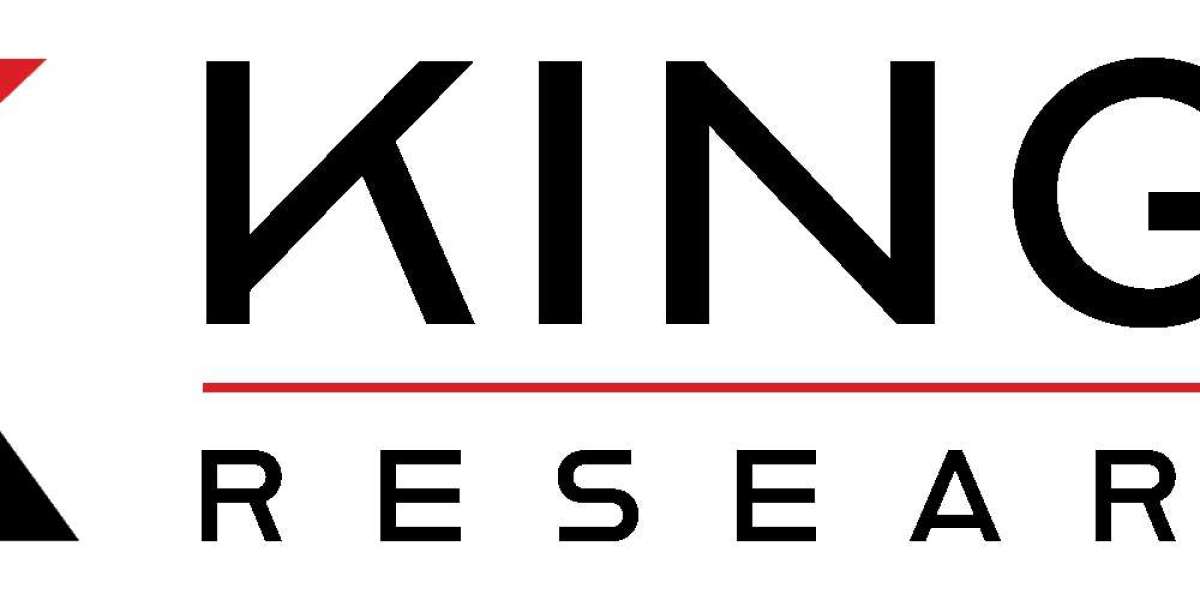The global private LTE market size attained a value of approximately USD 5.82 billion in 2023. The market is further expected to grow in the forecast period of 2024-2032 at a CAGR of 10.60%, reaching a value of around USD 14.47 billion by 2032. These numbers reflect the rapid evolution of connectivity solutions, particularly in the realm of Industrial Internet of Things (IIoT). In this blog post, we explore the groundbreaking impact of 5G technology on the Industrial IoT landscape, a force poised to revolutionize industries, enhance efficiency, and reshape the future of manufacturing, logistics, and more.
Understanding 5G Technology
Brief Explanation of 5G Technology
5G technology represents the fifth generation of cellular networks. Unlike its predecessors, 5G brings several key features to the table that make it a game-changer for IIoT:
- Higher Speed: 5G offers significantly higher data speeds compared to 4G and 3G networks.
- Ultra-Low Latency: It provides ultra-low latency, ensuring near-instantaneous data transmission.
- Massive Device Connectivity: 5G networks can accommodate a vast number of devices, making it ideal for IIoT applications.
- Enhanced Reliability: Improved network stability and reliability are inherent to 5G technology.
Comparison with Previous Generations
To appreciate the impact of 5G, let's briefly compare it to previous generations of cellular networks:
- Speed: 5G is expected to be up to 100 times faster than 4G, facilitating real-time data transmission.
- Latency: Ultra-low latency in 5G (typically under 1 millisecond) is crucial for mission-critical applications.
- Capacity: 5G networks can handle more devices per square kilometer than 4G, supporting IIoT's massive device connectivity needs.
The Significance of Ultra-Low Latency
Exploring Latency in IIoT
In IIoT, latency refers to the delay between sending a command or data and receiving a response. Ultra-low latency is essential for applications where real-time decision-making is critical.
5G's Impact on Latency
5G's ultra-low latency is a game-changer, enabling applications such as remote robotic control, autonomous vehicles, and critical infrastructure monitoring.
Real-World Use Cases
Let's explore real-world use cases that benefit from low latency:
Case Study: Remote Surgery
Surgeons performing remote surgery rely on instantaneous feedback and control. 5G's low latency ensures that the surgeon's actions are immediately reflected in the robotic instruments, making remote surgery safer and more precise.
Enhanced Data Speed and Throughput
The Role of Data Speed
In IIoT, high-speed data transmission is crucial for real-time data collection and analytics.
5G's Increased Throughput
5G's increased throughput allows industries to collect and analyze data from sensors, devices, and machines in real time, optimizing processes and decision-making.
Case Study: Smart Manufacturing
A smart manufacturing facility employs 5G to transmit data from sensors on production lines to central control systems in real time. This enables instant adjustments to optimize efficiency and product quality.
Massive Device Connectivity
Challenges of Device Connectivity
IIoT often involves connecting thousands or even millions of devices, creating scalability challenges for traditional networks.
How 5G Addresses Device Scalability
5G networks are designed to accommodate massive device connectivity, making it suitable for applications like smart cities, agriculture, and logistics.
Examples from Industries
Industries across the board, from healthcare to agriculture, are leveraging 5G's device scalability for enhanced operations.
Case Study: Smart Agriculture
In precision agriculture, 5G allows farmers to deploy a multitude of sensors and drones for real-time monitoring and data collection, leading to higher crop yields with fewer resources.
Improved Reliability and Network Stability
Reliability in Critical Applications
Industries rely on the continuous operation of IIoT systems, making network reliability a paramount concern.
How 5G Ensures Network Stability
5G's improved reliability and network stability are crucial for mission-critical operations in industries such as manufacturing, energy, and healthcare.
Case Study: Healthcare Telemetry
In healthcare, 5G ensures the uninterrupted transmission of patient data from wearables and medical devices to healthcare providers, allowing for immediate intervention when necessary.
Security and Privacy in 5G-Enabled IIoT
Security Concerns in IIoT
The increased connectivity in IIoT brings security and data privacy concerns to the forefront.
How 5G Addresses Security Challenges
5G networks incorporate robust security measures to protect sensitive industrial data from cyberattacks and ensure data privacy.
Strategies for Securing 5G-Enabled IIoT
Implementing strong security measures and best practices is essential for safeguarding 5G-enabled IIoT systems.
Industry-Specific Impacts of 5G
Industries and 5G Adoption
Different industries are uniquely positioned to leverage 5G technology for specific applications and improvements.
Case Studies Across Sectors
Let's explore how 5G is making a difference in various sectors, including manufacturing, healthcare, logistics, and agriculture.
Case Study: Smart Logistics
In logistics, 5G enables real-time tracking of shipments, optimizing routes, and ensuring timely deliveries, reducing costs and improving customer satisfaction.
Future Possibilities and Innovations
Emerging Technologies and 5G
As 5G continues to evolve, it opens the door to emerging technologies like edge computing and quantum computing, further enhancing its capabilities in IIoT.
The Future of 5G-Enabled IIoT
The future promises even greater integration of 5G into industrial processes, ushering in an era of unprecedented efficiency and innovation.
Challenges and Considerations
Implementation Challenges
While the potential benefits are immense, industries must address challenges related to 5G adoption, including compatibility with existing systems and regulatory compliance.
Regulatory and Compliance Issues
Navigating regulatory requirements and data compliance is essential for the successful deployment of 5G-enabled IIoT systems.
Strategies for Overcoming Challenges
Businesses can mitigate implementation challenges by investing in training, partnerships, and robust planning.



